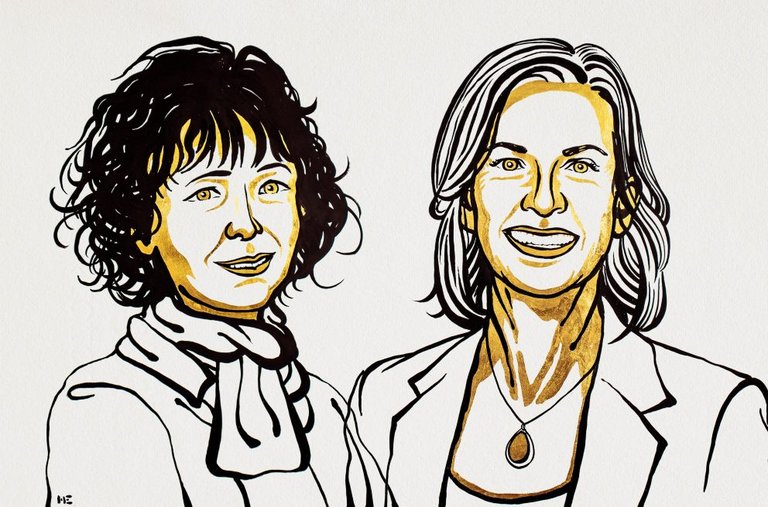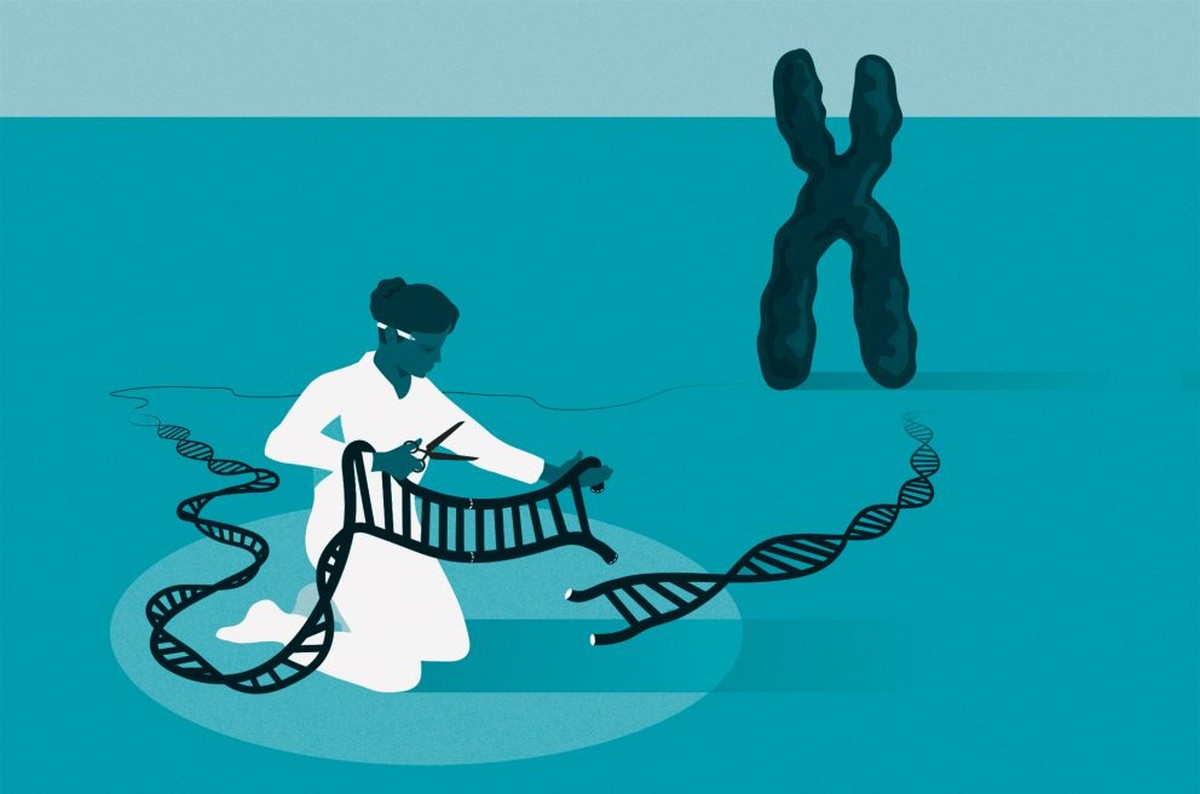Nobel Prize in Chemistry to the developers of the genome editing method CRISPR/Cas9
Emmanuelle Charpentier and Jennifer A. Biochemical doudnas will receive the Nobel Prize in Chemistry of 2020 for their revolutionary contributions to the genetic editing techniques developed by them.

Emmanuelle Charpentier and Jennifer A. The Nobel Foundation announced that Doudna has developed the most demanding tools of genetic technology of all time. The creation of the well-known CRISPR/Cas9 technology has been, with great precision, the technique that has shown it serves to transform the DNA of animals, plants and microorganisms. According to the jury, the impact on the life sciences has been revolutionary. Not only in basic science, but also in treatments, which in addition to contributing to the development of new therapies against cancer, can make the dream of curing hereditary diseases a reality.
The CRISPR/Cas9 technology has contributed efficiency and precision to the editing of DNA, but not only that, but it has put the technique of genetic editing at the disposal of any laboratory, much simpler and cheaper than previous techniques. Genetic editing has somehow democratized. It has also significantly reduced working times, since it is enough for a few weeks for editing.
Unexpected discovery
The winners recognize that the 2012 discovery was unexpected. Emmanuelle Charpentier was investigating pathogenic bacteria. In it he worked with the bacteria Streptococcus pyogenes in the hope of finding a new antibiotic and found a molecule until then unknown: tracrRNA. Charpentier discovered that it was part of the old bacterial immune system (CRISPR).
By then, the scientific community already knew the immune system of bacteria, knew that CRISPR gave them protection against viruses and functioned as a reminder of past genetic attacks. The system divided host virus DNA and included these small fragments of DNA in the genome of bacteria, kept them as a genetic memory of the infection, and used them to immunize against that virus. In this way, unlike the immune system of animals, it would leave the information of their descendants in inheritance.
Emmanuelle, when she discovered tracrRNA, with emotion, contacted the American Doudna, with extensive experience in RNA. He then investigated the involvement of RNA in the bacterial immune system. Between them, taking advantage of the knowledge of one in the tracr-RNA and another in the CRISPR-RNA, they had the idea of simplifying and redesigning those genetic scissors that the bacteria had to cut the DNA of the viruses, to serve besides the DNA of the viruses, to cut any molecule of DNA. In addition, they were designed to be more used.
While preparing the experiment to redesign scissors, Doudna and Charpentier were aware that they were at the gates of an important discovery. They took a Doudna freezer gene and chose five places to divide the gene. Part of the CRISPR scissors sequence was modified to join the local sequence in which the cuts were to be made, and the result was enormous: the gene was cut in the five planned places.
The new era of genetics
Since its publication in 2012, the life sciences have moved to a new era, according to the Nobel Foundation. The bacterial immune system was known, but no one imagined it could be so useful for genetic editing.
Subsequently, the discovery of Charpentier and Doudna has yielded genetically promising results and expected one day to be awarded the Nobel Prize. What is planned has been executed. In addition, CRISPR/Cas9 has gone hand in hand and, in parallel, the sequencing techniques that have been developed, giving rise to new and unimaginable alternatives for the study of genomes, the identification of functions by genes and the search for treatments of hereditary diseases.
But it is necessary to improve the precision of the genetic edition so that it is safe for the human being. At present, they are aware of how the CRISPR/Cas9 complex knows exactly its cutting form and this information is being important to design new versions of the system that improve its accuracy and minimize risks.
On the other hand, as new paths open up, CRISPR has also generated concerns and fears, since the ability of technology has also caused serious ethical and social problems. For example, the genetic editing of embryos. Therefore, the Foundation itself has recognized the need to carefully regulate the award-winning technology and recalled that the World Health Organization has recently created a multidisciplinary team of experts to analyze the scientific, ethical, social and legal challenges associated with the editing of the human genome.
More information about CRISPR:
https://newsletter.elhuyar.eus/reportages/crispr-genome-editar-technical-benefits--y-concerns//
https://newsletter elhuyar.eus/azterketa/geneakakak-nahier-aldaketa/non-daude-marra-gorriak/
https://teknopolis.elhuyar.eus/reportage/genomarin-edicia-selective-challenges/
Buletina
Bidali zure helbide elektronikoa eta jaso asteroko buletina zure sarrera-ontzian












